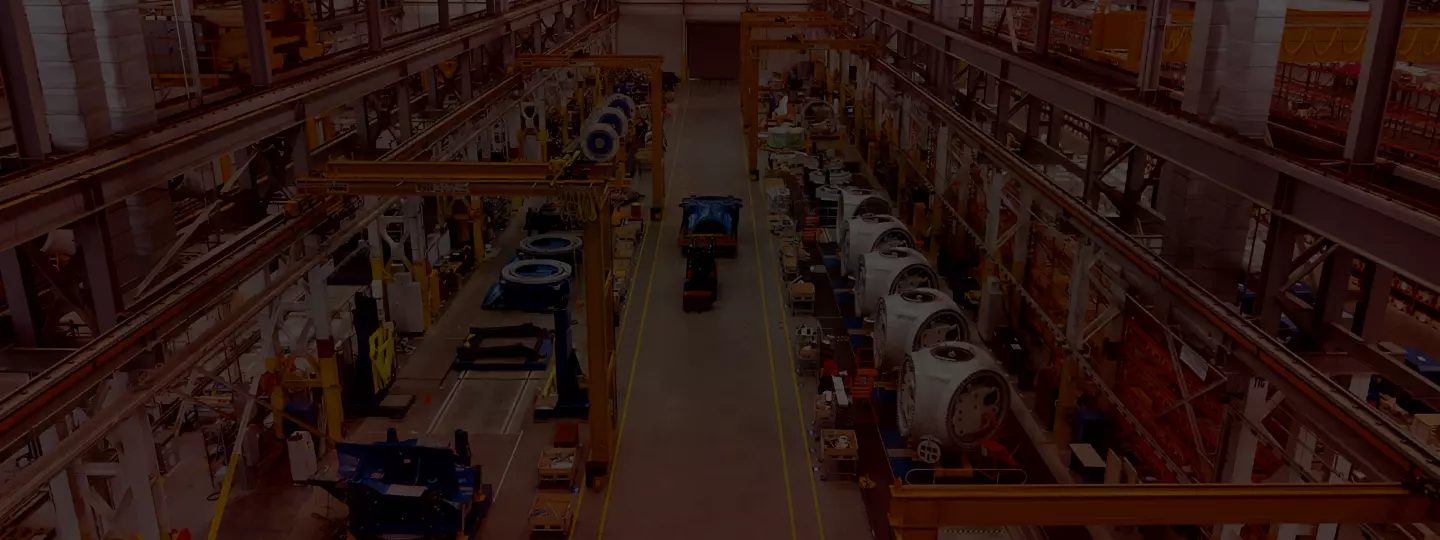
BLOCKCHAIN SOLUTION IMPROVES LOGISTICS INDUSTRY SYSTEM
Technological risks
that Blockchain can improve
in the Logistics industry

Ineffective tracking
Cyber-attack on IoT devices
Lack of transparency
Complicated dispute
Unsecured verification process
Sparse Logistics Chain
VBC supplies multiple Blockchain solutions across the Logistics Industry
Blockchain electronic delivery order software (BeDO)
Issue perfect electronic delivery orders (eD/O) on a Blockchain platform for the delivery process, allowing the use of artificial intelligence (AI) to establish a transmission network, analyze shipping data and collect data from IoT devices
Custom logistics management software
VBC provides Blockchain management software for Logistics enterprise systems on both web and mobile platforms for better user interaction, customized reporting and real-time data interaction.
IoT-enabled Blockchain devices
Blockchain allows access to the data ecosystem received from IoT devices at warehouses, vehicle dispatch yards, containers but without control and management centers.
Blockchain Integration
VBC integrates Blockchain technology into order, inventory and transportation management systems, bringing transparency in the control and coordination process of enterprises while ensuring security.
Data Logistics Exchange
VBC builds a transparent environment for exchanging data on procedures and transactions, allowing the participation of all units in the Logistics chain.
Transparent Logistics Chain
VBC builds Blockchain applications to help enterprises operate efficiently throughout the chain, improving the level of interaction between units in the chain, automatically operating by smart contracts.

Benefits of Blockchain technology for the Logistics industry
Provide a transparent collaborative environment and data accessibility for stakeholders, share data between parties according to an internal security mechanism.
Support units in the Logistics chain to be able to perform transactions without a centralized authority.
Digitally transform transportation documents, custom clearance procedures.
Automate real-time dispatch, freight, and inventory storage to reduce logistics costs.








